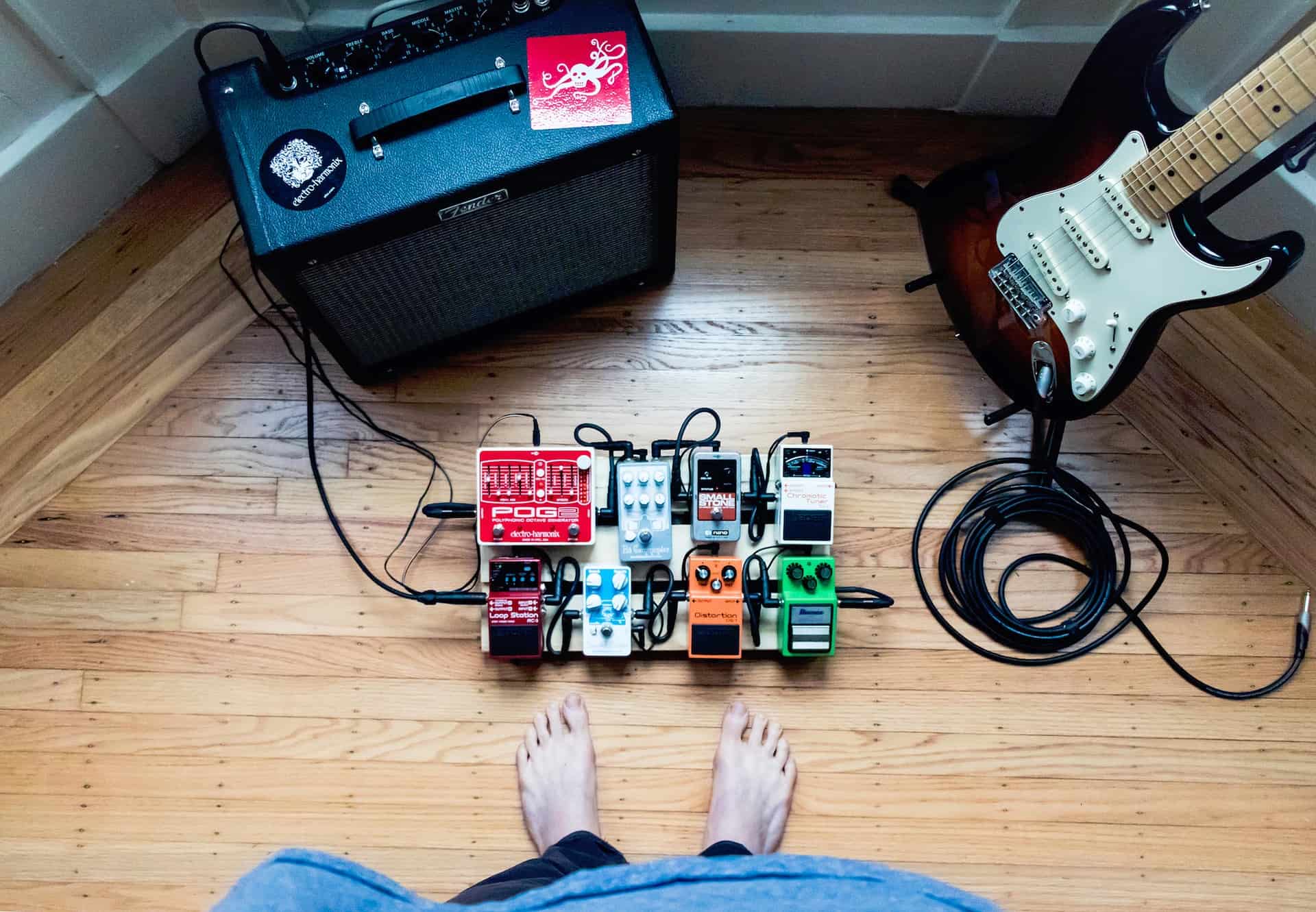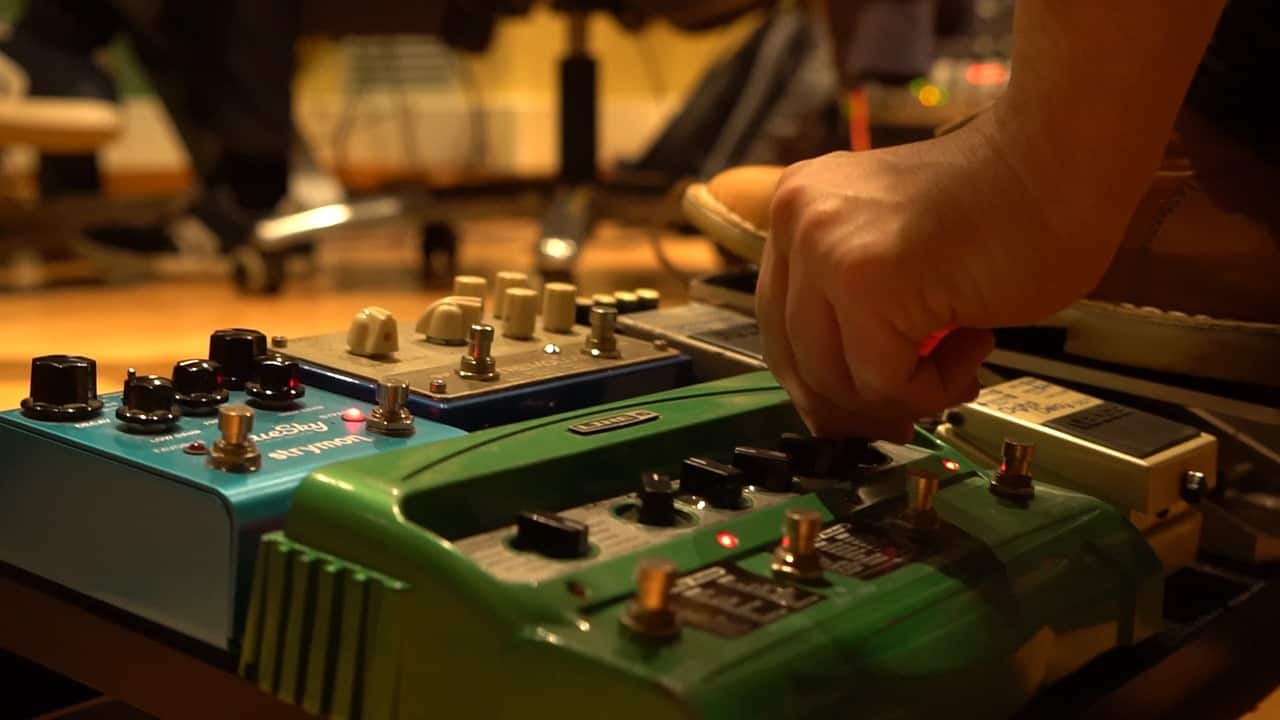

Top Pedals for Electronic Music Production
Producing electronic music is fun, but it can also be quite challenging. One of the most critical aspects of producing electronic music is getting the right sounds. It can be not easy, especially if you don’t have much experience with production equipment. This article will discuss some of the best pedals for electronic music production. These pedals will help you get the sounds that you want, and they will help make your productions sound better.
Many musicians struggled with keeping their pedals organized. It can be tough to keep them all in one place and ensure they’re easy to access. That’s where the best pedalboard comes in. A pedalboard is a board that you can Velcro or screw your pedals onto. It keeps them all in one place and ensures they’re always within reach.
Here are the top pedals for electronic music production:
Distortion Pedal
Distortion pedals are great for electronic music because they can help you create a wide range of sounds. A distortion pedal is needed if you want to create a hard, distorted sound. If you’re going to make a softer, more subtle sound, you can also use a distortion pedal.
Distortion pedals are very versatile. You can use them to create both hard and soft sounds. If you want to add some grit and grime to your productions, then a distortion pedal is the perfect way to do it.
Examples of distortion pedals are:
- Pro. Co Rat 2
- MXR M75 Super Badass distortion
- Boss. JB-2 Angry Driver.
These are just a few examples of the many different types of distortion pedals available. If you’re looking to add some distortion to your productions, then these pedals are a great place to start.
Chorus Pedal
A chorus pedal can add a lush, fuller sound to your guitar tone by adding subtle layers of sound. This type of pedal is perfect for creating that bigger, broader sound you might want for some styles of music. A chorus pedal can also help thicken up your tone when playing leads. Many chorus pedals also include other features, such as modulation effects, giving your tone even more variation. If you’re looking for a way to add extra flavor to your guitar sound, a chorus pedal is worth considering.
Examples of chorus pedals are:
- Boss CE-2W Waza Craft
- Electro-Harmonix Small Clone
Reverb Pedal
Reverb creates a sense of space and depth in your playing. It makes it sound like you’re in a bigger room or even outside. This can be helpful if you’re recording in a small space or want your guitar to sound bigger and fuller. Reverb can also help mask imperfections in your playing, making it sound smoother and more polished. And finally, reverb is just plain fun. It’s like adding an extra dimension to your playing, and it can make even the simplest phrases sound more interesting.
Some examples of different types of reverb pedals are:
- Boss RV-500
- Walrus Audio Fathom
- TC Electronic Hall of Fame
Delay Pedal
A delay pedal is a device that records an incoming signal and plays it back after a brief time. It creates echo effects or makes your guitar sound like it’s being played in a large room. Delay pedals are a staple of many guitarists’ rigs, and they’re also popular with keyboardists and bassists. If you’re looking for a way to add some extra depth and dimension to your sound, then a delay pedal is worth considering.
Some examples of different types of delay pedals are:
- MXR Carbon Copy
- Electro-Harmonix Memory Boy
- TC Electronic Flashback
Phaser Pedal
A phaser pedal is a device that creates a “swooshing” sound by modulating the phase of an incoming signal. Phasers create a shimmering, swirling effect. They add movement to a static guitar tone. If you’re looking for a way to add some extra texture and interest, this produces a unique wobbly effect that can create a range of different sounds. Phasers are most commonly used with electric guitars, but they can also be used with keyboards and basses.
Some examples of different types of phaser pedals are:
- MXR Phase 95
- Electro-Harmonix Small Stone Nano
- TC Electronic Helix Phaser
Vibrato Pedal
A vibrato pedal is a type of guitar effects pedal that alters the pitch of your signal. It gives you that classic ‘vibrato’ sound, which can be used to add depth and expression to your playing. Vibrato pedals come in all shapes and sizes, so choosing one to fit your needs is essential.
Some examples of different types of vibrato pedals are:
- TC Electronic Shaker
- Boss VB-2W Waza Craft
- MXR M68 Uni-Vibe

As you can see, there are many different types of effects pedals out there. And each one offers its own unique set of features and sounds. So, which one is right for you? It depends on your needs and what type of sound you’re going for. But if you’re just getting started, then any one of these pedals would be a great addition to your rig.
Image Credit: Pixabay


- Arodes cover Interview
- Armin van Buuren: Breathing In [Exclusive Interview]
- Ibiza 2024: What To Expect
- Burak Yeter: A Day In Space [Exclusive]
